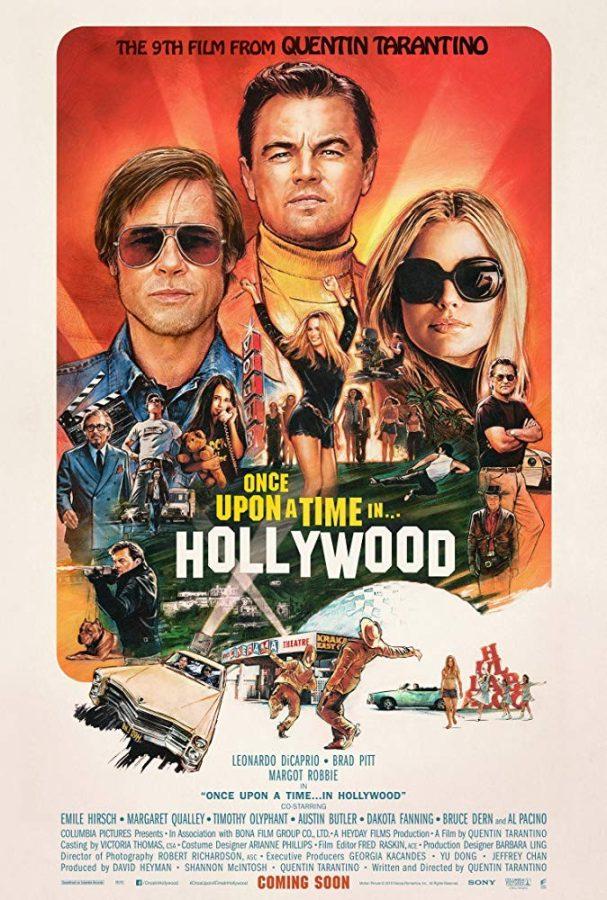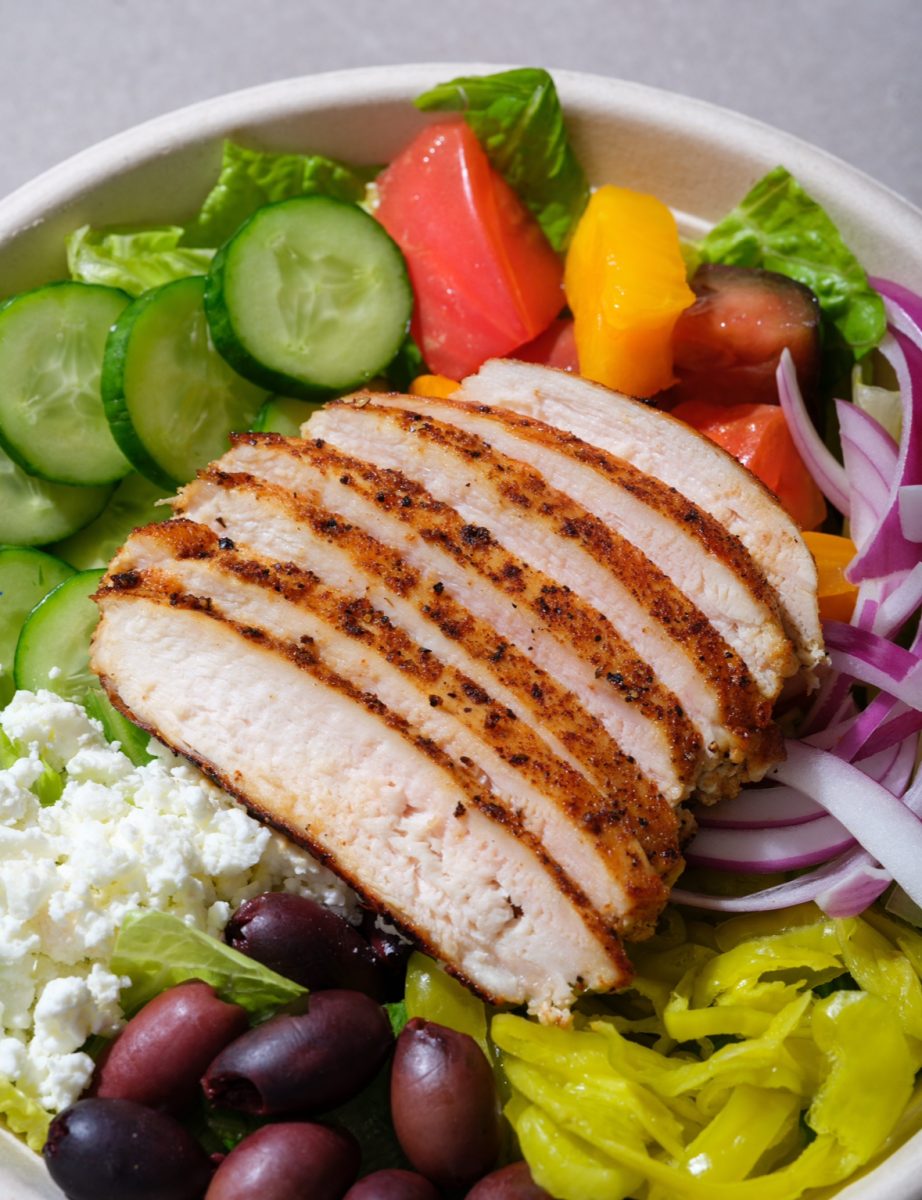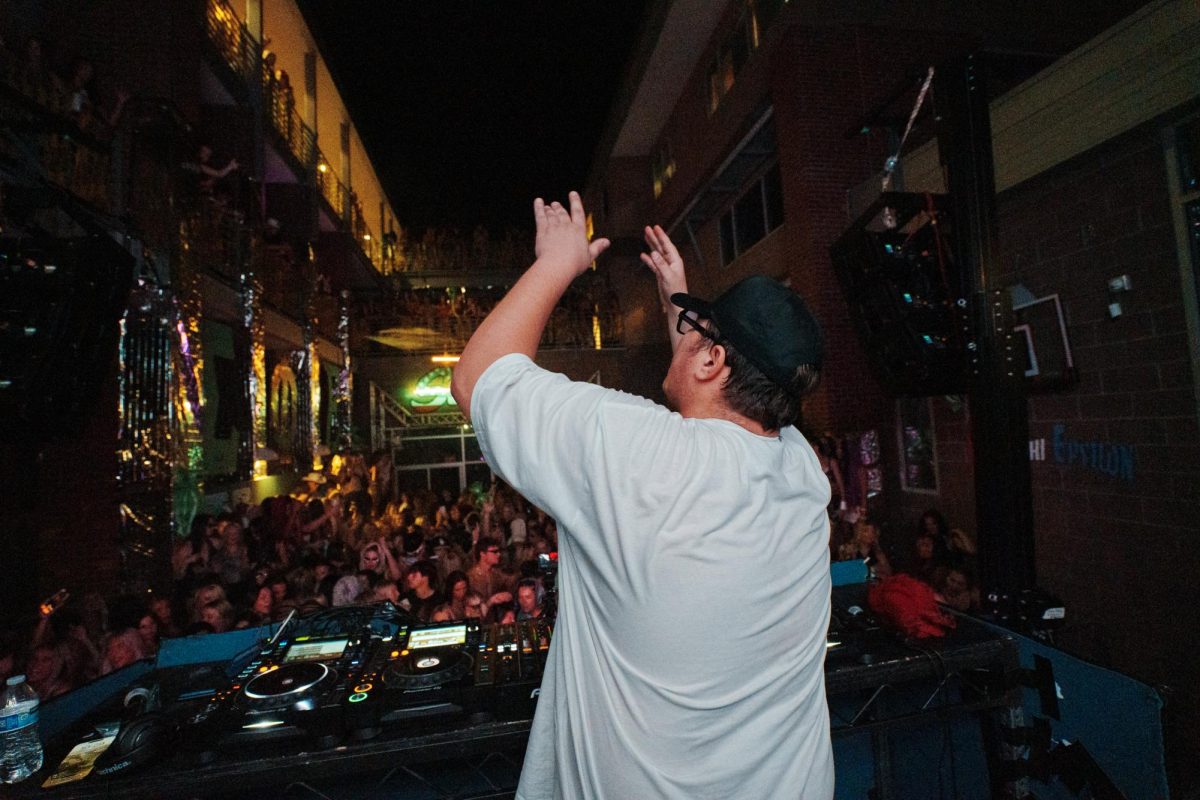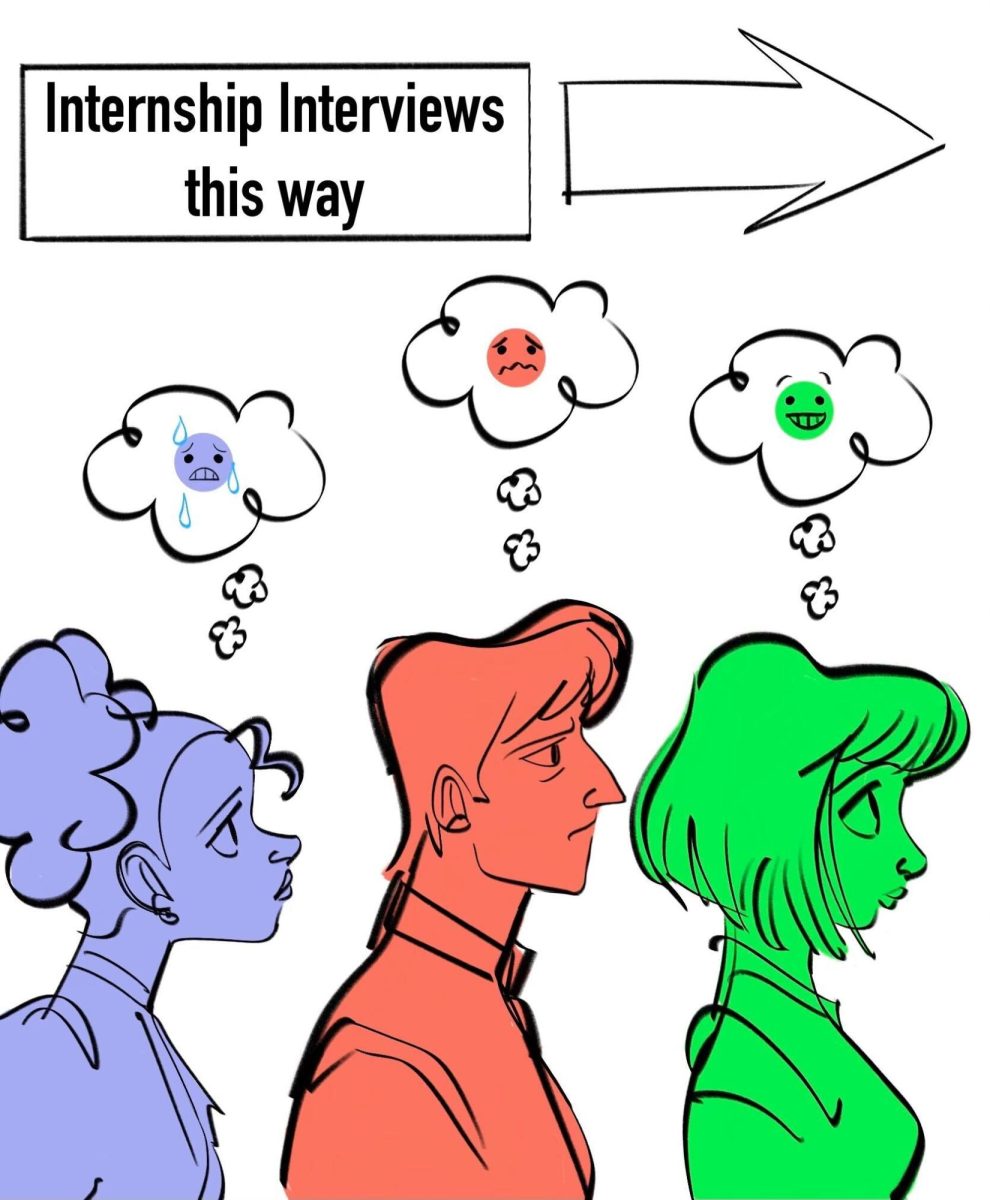If two and a half hours of aesthetic driving montages and thirty minutes of a hippie cult is what you are looking for, then director Quentin Tarantino’s latest film “Once Upon a Time … in Hollywood” is a film for you.
The film was visually pleasing, showing that Tarantino really does have a way with colors and neat shots. However, the plot for “Once Upon a Time … in Hollywood” seemed to drag on if you didn’t have prior knowledge about the movie or timeframe.
The movie follows Rick Dalton (Leonardo DeCaprio) and Cliff Booth (Brad Pitt) as they face the downward spiral of acting in Hollywood. Simultaneously, the film follows Dalton’s neighbors, Sharon Tate (Margot Robbie) and Roman Polanski (Rafal Zawierucha).
Spoiler Alert: The film’s revolution around the Sharon Tate murders that Charles Manson inspired would have made more sense if there had been a bigger reference before the last 30 minutes. As someone who didn’t grow up during the late ’60s and early ’70s and doesn’t have a niche interest in cult murders, the minor details of Cielo Drive, Spahn Ranch and a briefly mentioned character named Charlie failed to tip me off.
Without this knowledge of Sharon Tate, the film’s two main plot lines failed to fall together in my eyes until the last chunk of the movie when they finally converge on the night of the Sharon Tate murders.
RELATED: The friendly neighborhood Spider-Man takes on Europe
“Once Upon a Time … in Hollywood” uses its creative license to combine the plots of Dalton and Tate by stopping the murders from happening. The Manson family members get distracted by a drunk Dalton and instead attempt to kill Booth and Dalton in Dalton’s Cielo Drive home.
Booth and Dalton manage to kill off the Manson Family members, preventing Sharon Tate from ever having been murdered. After the attack, Dalton is invited over to Tate’s household and has a nightcap with them, tying the story together with a bow, finally.
The nearly two-and-a-half-hour-long buildup grew old without being able to pick up the hints peppered in along the plot. However, after learning about the Sharon Tate murders post-viewing, I appreciated the film a lot more.
Now knowing the details of the Sharon Tate murders, the clues throughout the film ahve become intriguing and well-placed rather than random and seemingly overlooked. The storylines flow together well knowing that the two Western stars lived next to Tate in the years leading up to the murders.
One thing this film definitely got right was the visuals. The vibrant late ’60s color scheme was captivating throughout. With vibrant blues and bright oranges, the big screen stays beautiful throughout the film, even during the gory scenes.
While the driving shots got a tad tiring, they remained fun to look at, providing whimsical shots of the stars and Hollywood as a whole. The angles and cinematography throughout the movie lived up to Tarantino’s previous work.
This film was beautiful to watch, but difficult to stay engaged with without knowing a bit of cult history. My advice? Read a bit about Charles Manson before watching “Once Upon a Time … in Hollywood” and you will be in for an extremely enjoyable, albeit long, film.
Follow Jay Walker on Twitter















